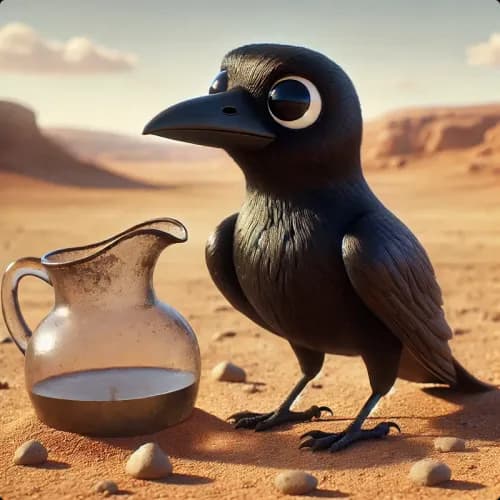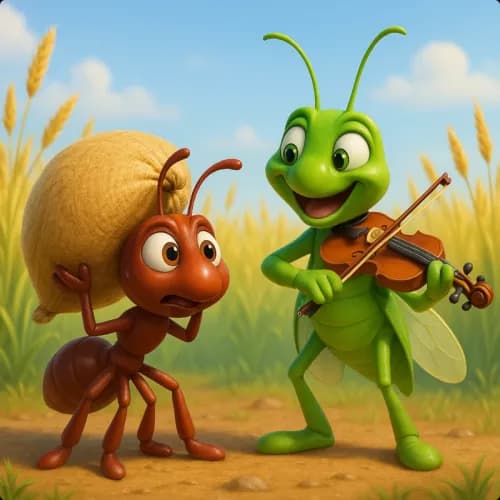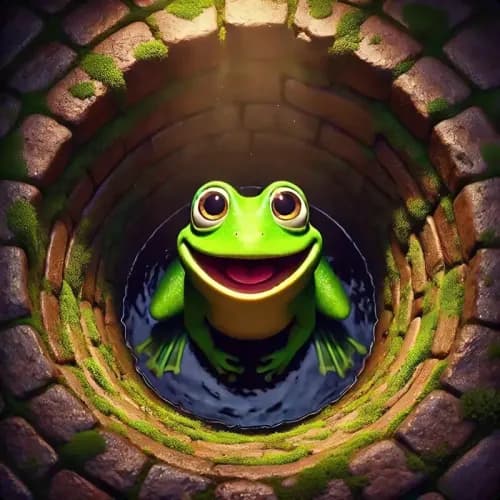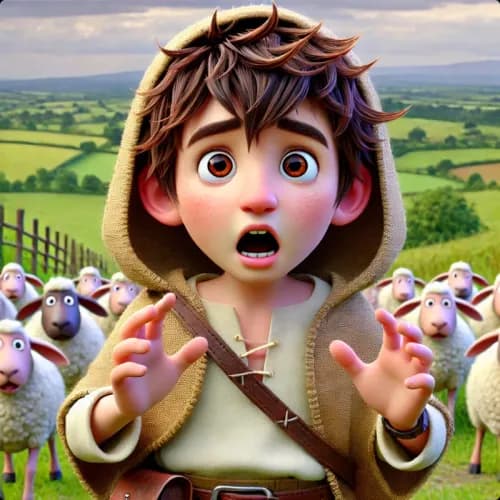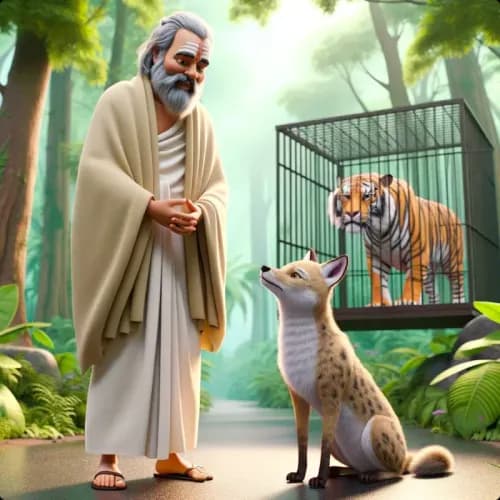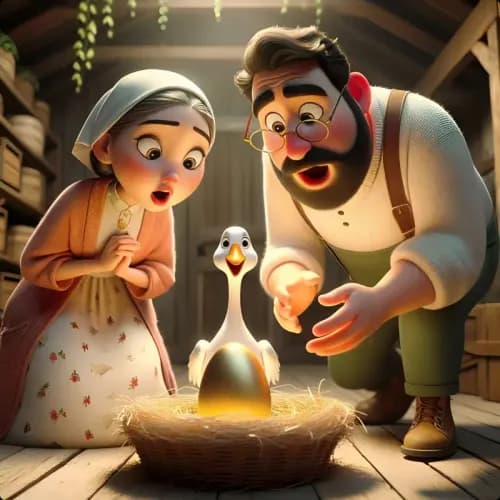Traditional | India
El Elefante Y El Perro
Un elefante y un perrito se hacen amigos, se separan, pero el rey los reúne y viven felices juntos.

Había una vez, en un gran reino, un rey que amaba a los animales. Su animal favorito era un enorme elefante. El rey construyó una gran casa para el elefante y eligió a un cuidador para asegurarse de que siempre estuviera bien alimentado y feliz.
Un día soleado, un perrito pequeño se coló en la casa del elefante. El elefante, que estaba descansando, vio al perrito comiendo un poco de su comida. Al elefante no le importó y compartió su comida con el perro. Pronto, el elefante y el perro se hicieron muy buenos amigos. El perro decidió quedarse a vivir en la casa del elefante, y el cuidador lo permitió, contento de ver que el perrito se ponía más saludable.
Un día, un granjero vio al perrito y quiso llevárselo a su casa. Ofreció al cuidador un poco de dinero a cambio del perro. El cuidador, aunque sabía que no debía hacerlo, tomó el dinero y dejó que el granjero se llevara al perro.
Después de que el perro se fue, el elefante se sintió muy solo y triste. Extrañaba tanto a su pequeño amigo que dejó de comer y beber, lo que lo debilitó mucho. Cuando el rey se enteró, fue a ver qué pasaba.
El cuidador tenía miedo de decirle la verdad al rey, así que fingió que no sabía por qué el elefante estaba triste. El rey envió a su médico para que revisara al elefante, pero el médico no pudo entender por qué estaba tan decaído. Entonces, los ayudantes del rey empezaron a preguntar a la gente sobre el perrito que faltaba.
El rey quería ayudar. Anunció que quien pudiera traer de vuelta al perrito recibiría una gran recompensa. El granjero que tenía al perrito escuchó esto y lo llevó de vuelta al rey. Le contó al rey cómo consiguió al perrito del cuidador.
El cuidador se disculpó por su error. El rey se alegró mucho de ver al elefante y al perrito juntos de nuevo. Decidió que el perrito debía quedarse siempre con el elefante. Se aseguró de que el cuidador devolviera el dinero al granjero y cuidara bien tanto del perro como del elefante.
El elefante y su pequeño amigo estaban muy felices. Hicieron un gran festejo y vivieron juntos felices para siempre en su gran casa.

